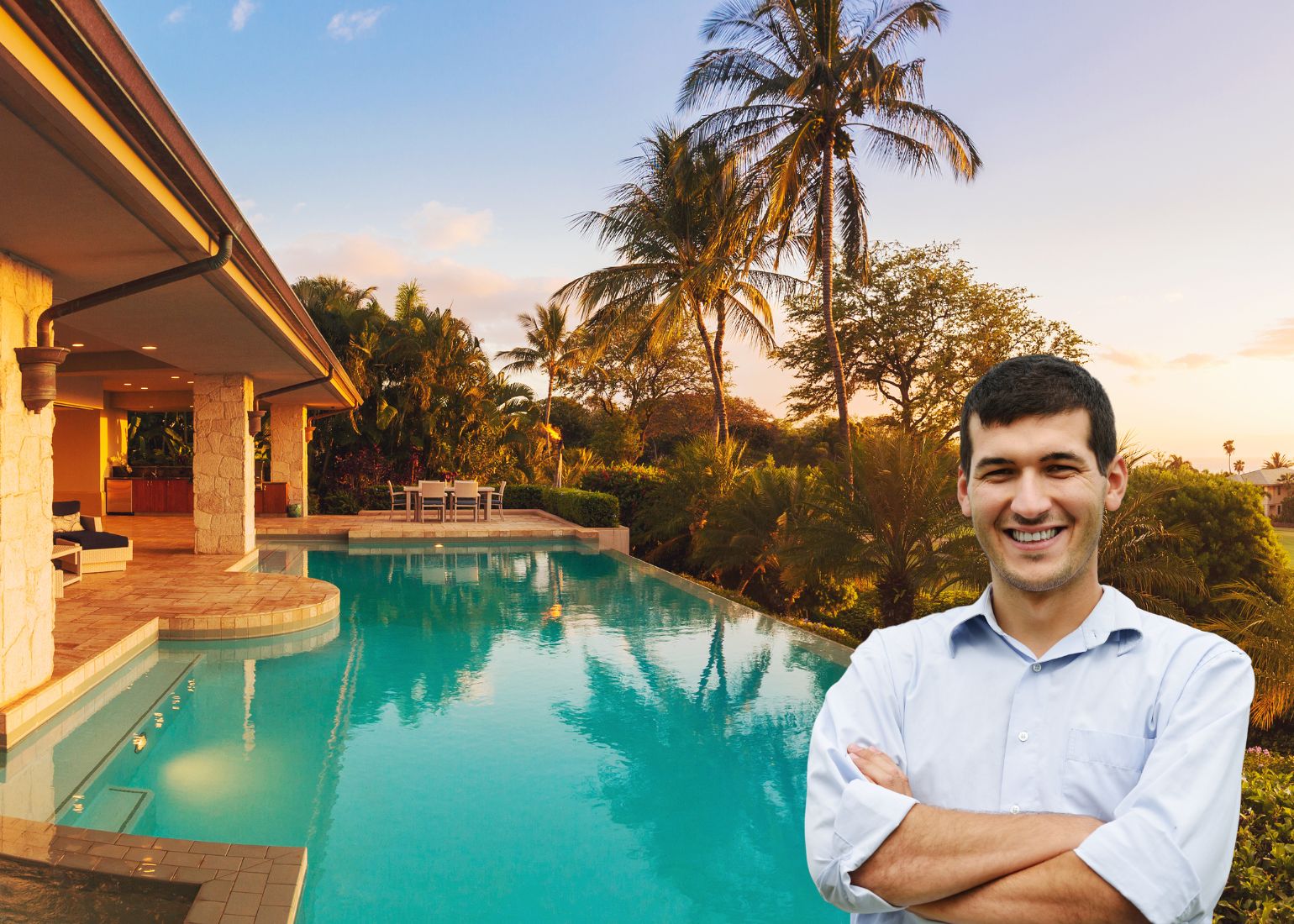In the world of investments, everything is related to the risk that the investor is willing to take and with this the type of investor is determined.
There is a binary model to classify, mostly, the different investors. Barnwell’s binary model speaks of two main groups: passive investors and active investors.
- Active: It is the investor who generated his own source of income and is used to managing his finances. They are characterized by wanting to have everything under their control and knowledge in addition, they have a tendency to be actively involved in the different processes. Active investors are more likely to take high risks when investing due to previous investment experiences that generated their current wealth.
- Passive: According to the NATIVU Advisor of Guanacaste Fabricio Riggioni, passive investors release their time, relying on mutual funds from real estate, investment trusts and property management companies to manage their capital, properties and operations. As the NATIVU advisor for the Guanacaste area explains, passive investors have the peculiarity of having enriched passively, that is, by an inheritance or by a professional career. This generates a greater attachment to the source of money and leads to a search for security and stability as the main point of investment.
On the other hand, these two are extremely large groups and you might want a more specific classification. So we will talk about 4 types of investors: emotional, moderate, conservative and bold.
You may also be interested in: learn about Fabricio Riggioni’s real estate investment offer.

Bold
The bold investor, is usually in constant formation, seeks to be aware of the movements in the different markets. Consequently, the ups and downs of the markets continue and their business is based on frequent buying and selling. They are people, who are willing to take a high risk in the investment of a volatile market with variable income. They are highly seduced by those businesses that promise high profits to the detriment of investment security.
Emotional
As the name says, they are investors who get carried away by their emotions rather than for reasons. They are usually young people who are willing to take great risks in the hope of making great profits in a short time. They tend to invest in companies from which they consume by affinity with their products without taking into account the performance of the shares. They may be tempted to invest in real estate in an area in recession due to attachment to the area.
Conservative
The conservative investor, is a passive investor, who prefers to let investments grow and develop at his own pace. They find it more comfortable listening to a financial advisor about which way to go before making a decision. They tend to bet on an “old acquaintance”, in other words, an investment that proved to bear fruit beforehand even if its yield is not high.

Moderate
The moderate investor is in the “limbo” between a passive and active inverse. Like the conservative, he seeks to be well advised with the difference that is self-taught, however, he is willing to listen. Your investment is based on the product of your work, so you usually take risks if required.
These are 4 types of very common investors, it does not mean that there are only these. If you want to identify what type of investor you are, the Bank of Costa Rica offers you a tool that will help you do so. The tool is a simple survey that evaluates several of the factors mentioned in this publication. As a result of the analysis of the answers, it suggests investments according to the risk, profit margin and term in which the person feels comfortable.
Discover your investor profile here with the BCR tool.
The goal of a person should be to grow and to use the investments as a bridge to develop in its entirety. In this way to achieve their life goals and live happily, investments must be a way and not the destination. In NATIVU we are interested that this medium is as fluid as possible.








